Welcome back to the 16th edition of The Lab Report!
It’s crazy to think how much the world has changed since the last newsletter seven days ago.
I don’t know about you, but I found it a challenge to get any work done all week.
It really put into perspective the things that matter most.
And it reminded me to be grateful for all the freedoms we take for granted.
I’m grateful that I can just stand here at my computer and write a newsletter about topics I find interesting.
I’m grateful that you’re even just opening this email to listen to what I have to say.
So with that being said, let’s get into this week’s newsletter. 🙂
🐦 An image editor that makes screenshots look great
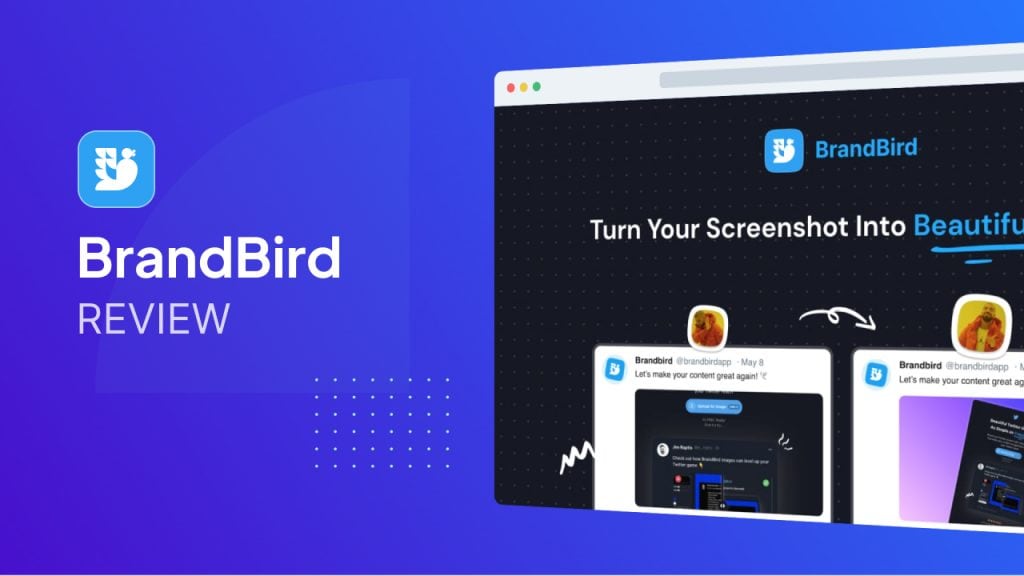
I mentioned this in a previous issue, but I recently started using a neat little tool called BrandBird to create graphics for my blog posts and newsletters.
I’ve enjoyed using it so much that I wrote a full review on it here.
It just takes a tedious task and makes it really simple. And the results look great.
(I used BrandBird to create most images in this newsletter).
I’m going to write more on this in the next week or two, but I think it’s a great way to share your work & attract new clients.
Here’s an example post that you could share on your Facebook feed:
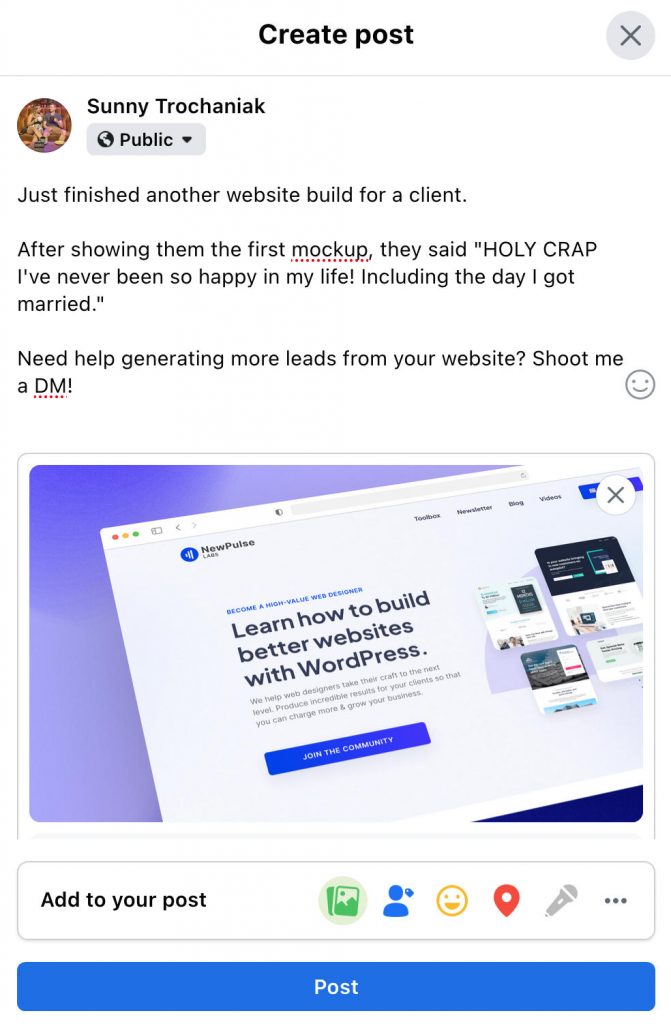
It also works well if you want to spice up your blog or social media content in general.
You can read my full review here: https://newpulselabs.com/brandbird-review/
☁️ Elementor Cloud officially launches
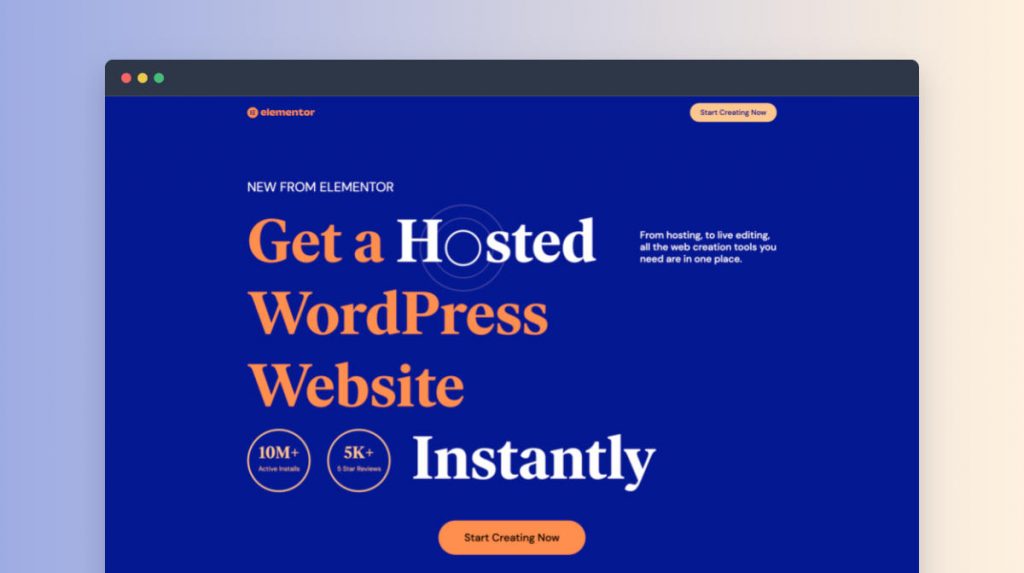
One of the hottest topics last week was the launch of Elementor Cloud.
I initially thought this was going to be similar to Brizy Cloud, but it turns out this is a bit different.
The concept of Brizy Cloud was pretty ‘revolutionary’, because they completely isolated the page builder from WordPress.
You use Brizy to build your website and that’s it. No WordPress, no themes, no plugins.
Elementor Cloud is more of a traditional approach, where they’re mostly providing the hosting for Elementor and WordPress to run on top of.
(Whether this is better or not depends on how much you like the freedom + maintenance of WordPress).
Because Elementor Cloud plays the role of a host, the proper way to evaluate it is based on price and performance.
For price, it’s not bad. $99/yr for a single site, but it comes with an Elementor license.
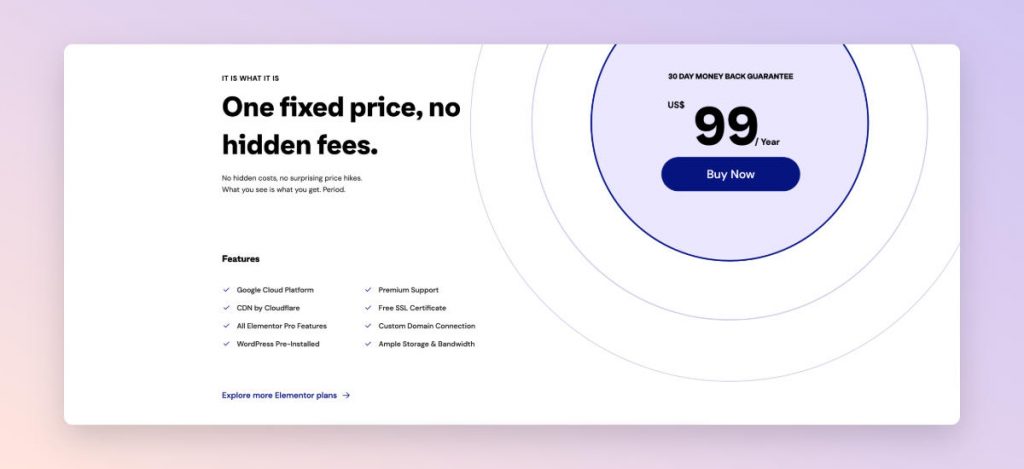
A normal Elementor license is $49/yr otherwise, which means you’re only really paying $50/yr for the hosting.
For performance, I’ve seen pretty mixed reviews. Paul Charlton from WPTuts didn’t have the best experience, but said it improved after he recorded the video.
Since it’s the early days, it’ll probably take some time to optimize their infrastructure.
Overall, I think it could eventually become a decent option for people who just want to build a website and don’t want to think about “where should I get hosting?”
There are currently only single-site licenses available, so it seems like it’s more targeted towards DIY website builders as opposed to agencies.
You can read my blog post on this topic here.
💵 Webflow pricing change exposes biggest flaw compared to WordPress
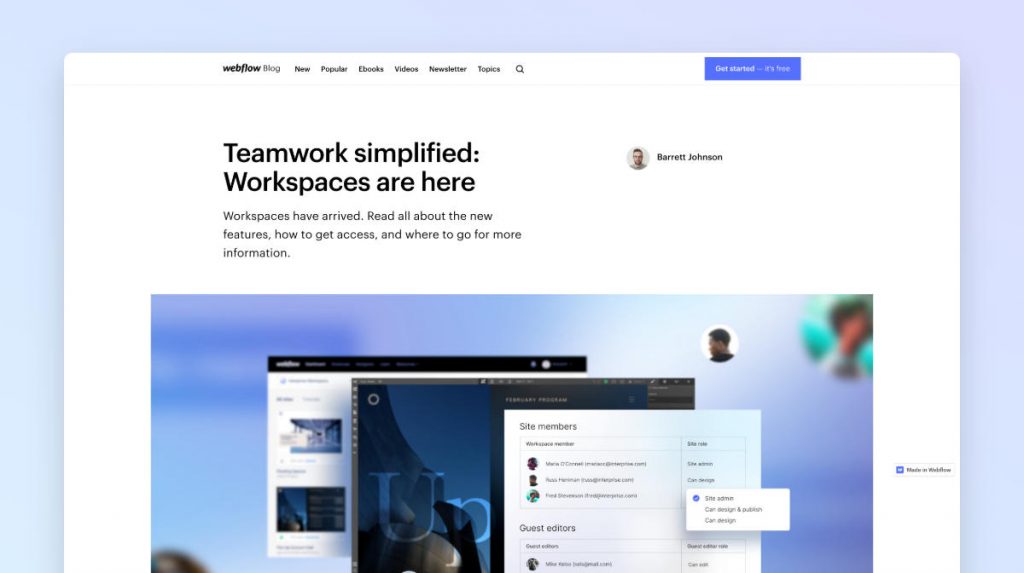
There was plenty of discourse on Twitter last week about Webflow changing their pricing model.
Tbh, their pricing model requires a calculator to actually understand, but essentially they are transitioning all accounts into Workspaces with varying price points.
Some people are concerned that the new plans are focused towards teams & agencies, and are pricing out solopreneurs & freelancers.
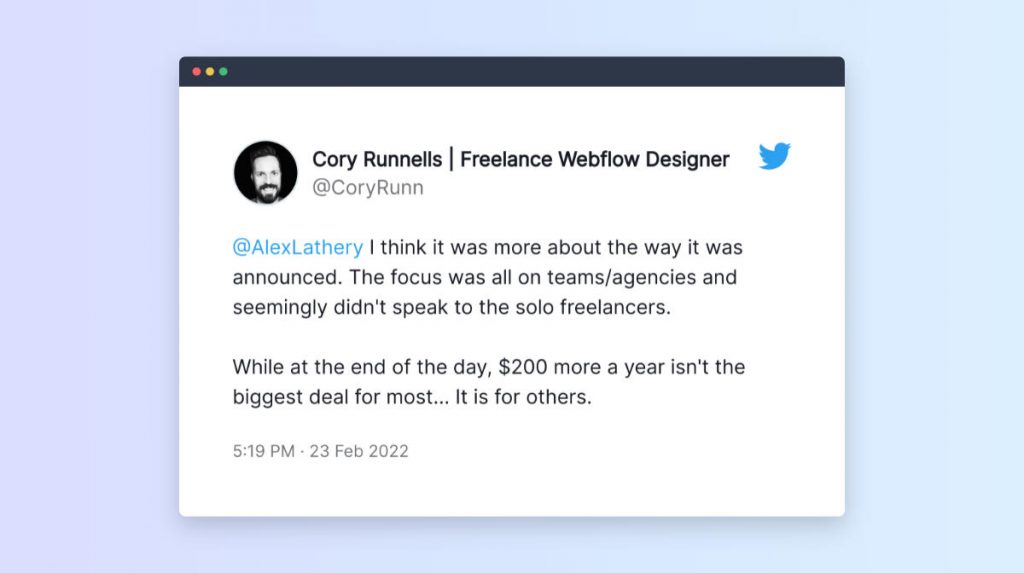
While I think Webflow is a fantastic product, the closed ecosystem has always been a drawback when compared to WordPress.
If Webflow wants to change their pricing, they can change their pricing and there’s not much you can do about it.
Given that web designers base their entire business around certain tools, this can leave you in a pretty vulnerable position.
WordPress has plenty of its own drawbacks, but since it’s open source, you’ll never run into this issue.
You can swap out tools and host your site wherever you like.
That’s a pretty big advantage in my opinion.
📐 Gutenberg adding margins to groups
One of my biggest gripes with the default Gutenberg blocks is how little control you have over styling.
Especially when it comes to spacing.
Based on a Tweet last week, it looks like top & bottom margins are finally coming to group blocks:
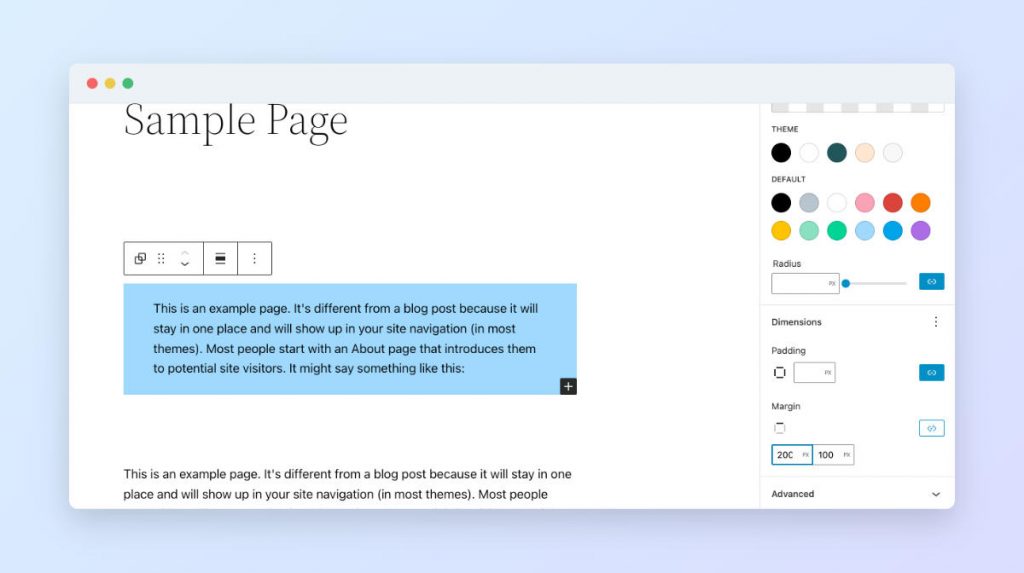
One small step in the right direction, I suppose.
💬 Closing Comments
That’s all for this week. Hopefully you enjoyed the newsletter!
If you ever want to discuss any of these topics, I post a dedicated thread each week inside of the NewPulse Labs Facebook group.
You can also suggest any topics you think I should cover there, so be sure to join 🙂
Stay safe and talk soon.

